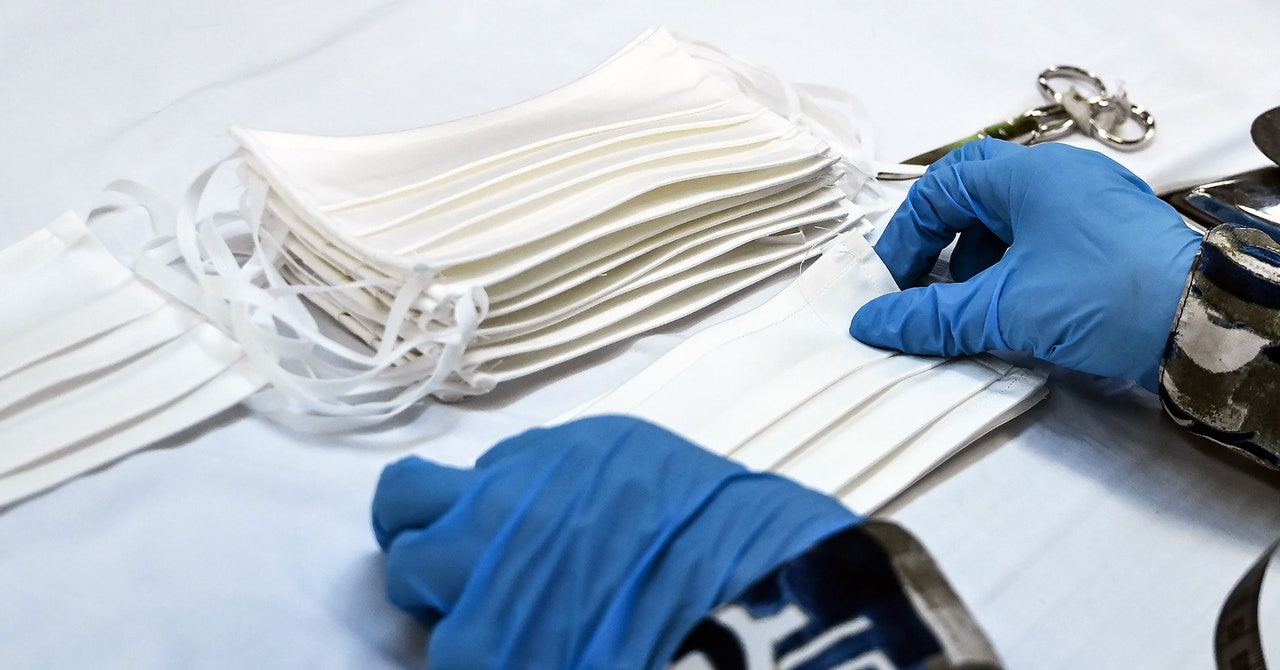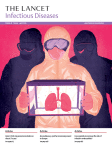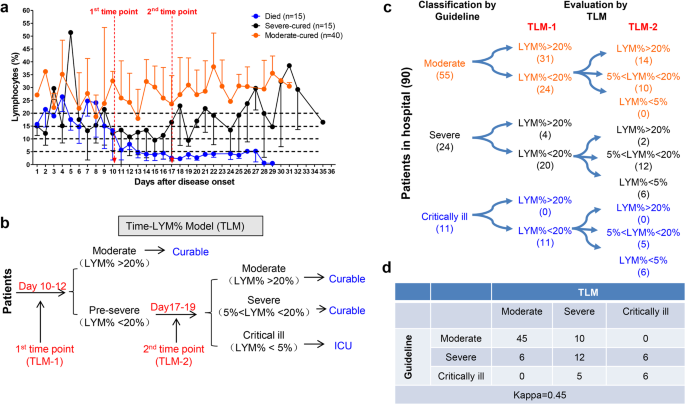https://covid19evidence.net.au is a great resource for best practice in Australia
Navigation
Install the app
How to install the app on iOS
Follow along with the video below to see how to install our site as a web app on your home screen.

Note: this_feature_currently_requires_accessing_site_using_safari
More options
- Take 30 seconds to register your free account to access deals, post topics, and view exclusive content! Register TodayJoin the largest Oakley Forum on the web!You are using an out of date browser. It may not display this or other websites correctly.
You should upgrade or use an alternative browser.🦘Cacatman's Personal Coronavirus COVID-19 Update Thread
- Thread starter cacatman
- Start date
Pregnancy & COVID-19
Good resource for pregnant women during this time of COVID-19 - Birthing in the time of COVID-19 - Evidence Based Birth®
For Gestational DM
DIY Home Made Cloth Masks

COVID-19 and Your Health
Symptoms, testing, what to do if sick, daily activities, and more.www.cdc.gov
And here...

How to Make a CDC-Approved Face Mask For Double Masking
A fabric face covering can be worn over your disposable medical mask to help prevent you from spreading Covid-19. Here's how to make one of your own.www.wired.com
Disclaimers - For it to work effectively, it would need proper fitment, it isn’t as good as an n95 mask, it’s not a replacement for good handwashing, it’s to protect others from you possibly infecting them (and not the other way round) etc. It would be worth mentioning also that how someone puts on and takes off and stores a mask is important also, to avoid cross infection through handling etc.
Probably the best mask making video. Thanks for the heads up @Daniel Kutscher. Needless to say, it was made by an Australian. Yay us.
Last edited:April Testing Options Australia
Food A Source of COVID-19?
There is currently no evidence that food is a likely source or route of transmission of the virus (April 2020)

Coronavirus: no evidence that food is a source or transmission route
EFSA is closely monitoring the situation regarding the outbreak of coronavirus disease (COVID-19) that is affecting a large number of countries across the globe. There is currently no evidence that food is a likely source or route of transmission of the virus. EFSA’s chief scientist, Marta...www.efsa.europa.eu
Last edited:Surface Viability
Research published in the New England Journal of Medicine last month (https://www.nejm.org/doi/10.1056/NEJMc2004973), showed this coronavirus can stay viable for up to three days on hard surfaces like stainless steel and plastic.Under experimental conditions, it found that the virus remained viable in air for the entire three-hour experiment.
On surfaces it was more stable on plastic and stainless steel, than it was on either copper or cardboard.
No viable SARS-CoV-2 was detected on the copper surface after four hours, and on the cardboard surface after 24 hours.
Whereas it was still able to be detected up to 72 hours later on the stainless steel and plastic surfaces.
But it's also important to remember that doesn't mean it's as infectious as when it was first deposited.
From the Lancet....

Viral load of SARS-CoV-2 in clinical samples
reader.elsevier.com
Causes immunosuppression and lymphopaenia. Good way to monitor disease process.
Video - How COVID-19 can be spread
An example of how coronavirus can be spread
re: Face shields

Community Use of Face Shields to Contain COVID-19
This Viewpoint discusses the prospect that face shields might be more effective than face masks at reducing community SARS-CoV-2 transmission and calls for rapid adoption of face shield-wearing by the public as an infection control strategy. jamanetwork.com
jamanetwork.com
Most important, face shields appear to significantly reduce the amount of inhalation exposure to influenza virus, another droplet-spread respiratory virus. In a simulation study, face shields were shown to reduce immediate viral exposure by 96% when worn by a simulated health care worker within 18 inches of a cough.10 Even after 30 minutes, the protective effect exceeded 80% and face shields blocked 68% of small particle aerosols,10 which are not thought to be a dominant mode of transmission of SARS-CoV-2. When the study was repeated at the currently recommended physical distancing distance of 6 feet, face shields reduced inhaled virus by 92%,10 similar to distancing alone, which reinforces the importance of physical distancing in preventing viral respiratory infections. Of note, no studies have evaluated the effects or potential benefits of face shields on source control, ie, containing a sneeze or cough, when worn by asymptomatic or symptomatic infected persons. However, with efficacy ranges of 68% to 96% for a single face shield, it is likely that adding source control would only improve efficacy, and studies should be completed quickly to evaluate this.

